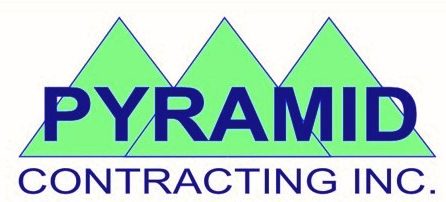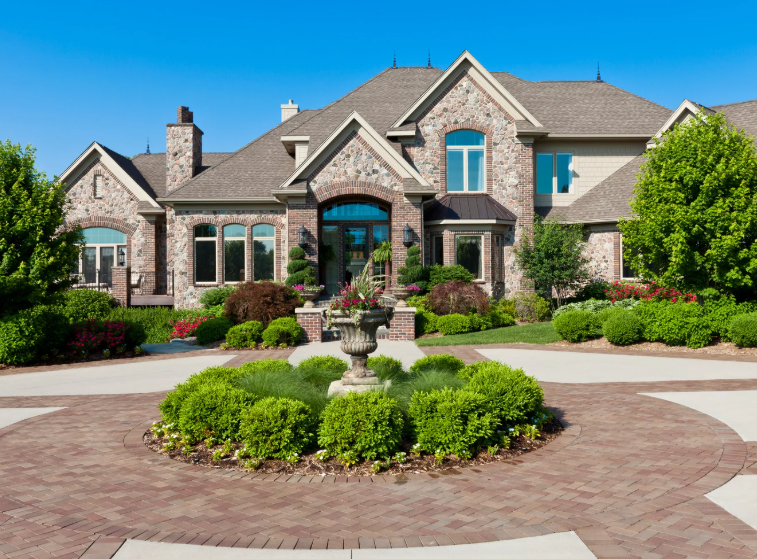Canadian yards offer unique opportunities to showcase our country’s natural beauty year-round. Landscape design experts Toronto homeowners rely on understand how to blend native plants with modern outdoor living needs. These skilled professionals create spaces that thrive in our climate while reflecting true Canadian character.
Embracing Native Plant Palettes
Modern Canadian landscapes celebrate plants that naturally belong in our climate zones. Native species require less water, resist local pests, and support wildlife throughout the seasons. The native plant industry shows strong growth, with landscaping representing 17% of total usage according to recent market data.
Popular native choices include purple coneflower, wild bergamot, and black-eyed Susan for sunny areas. Shade-loving options like wild ginger, coral bells, and Canadian wild rye add texture to darker spots. These plants create stunning displays while reducing maintenance needs.
Creating Four-Season Interest
Canadian gardens must perform through dramatic seasonal changes from snowy winters to hot summers. Smart designers layer plants with varying bloom times, bark textures, and growth habits to maintain visual appeal year-round.
Winter structure comes from evergreen shrubs like juniper and pine. Spring bulbs like trillium and bloodroot provide early color. Summer perennials offer peak bloom periods. Fall brings dramatic foliage from maples, sumac, and native asters.
Sustainable Design Practices
Environmental awareness drives current landscape trends across Canada. Sustainable landscaping continues to grow as a defining trend in 2025, especially for homeowners in the Greater Toronto Area. Water-wise gardens reduce irrigation needs through smart plant selection and soil improvements.
Rain gardens handle stormwater runoff while creating unique growing conditions. Composting areas turn kitchen scraps into soil gold. Permeable paving materials allow water to soak into the ground naturally. These features benefit both your property and the broader environment.
Outdoor Living Integration
Canadian families spend precious warm months outdoors, making functional spaces a priority. Modern designs blur the lines between indoor and outdoor living through:
• Covered dining areas for rainy days
• Fire features for cool evenings
• Outdoor kitchens for entertaining
• Privacy screens using native hedges
• Multi-level decking for different activities
Technology-Enhanced Landscapes
Smart technology transforms how we manage outdoor spaces. Automated irrigation systems use weather data to adjust watering schedules. Smart lighting systems provide security and ambiance. App-controlled features let you monitor and adjust systems remotely.
Regional Climate Considerations
Toronto’s unique climate zone presents specific design challenges and opportunities. Hot, humid summers require plants that handle moisture and heat stress. Cold winters demand species that survive freezing temperatures and snow loads.
Microclimates within your property affect plant selection. South-facing slopes get more sun and heat. Low areas collect moisture and cold air. Buildings create wind shadows and reflection patterns. Smart designers map these conditions before selecting plants.
Cost-Effective Implementation
Phase projects over multiple seasons to spread costs. Start with structural elements like paths and planting beds. Add plants gradually as budget allows. Focus spending on high-impact areas near entrances and main viewing spots.
Maintenance Planning
Canadian landscapes need seasonal care routines that work with our climate patterns. Spring cleanup removes winter debris and prunes damaged branches. Summer tasks include watering, weeding, and deadheading flowers. Fall preparation involves leaf removal and plant protection for winter.
Future Design Trends
Landscape design continues evolving toward more sustainable and functional approaches. Climate-adapted gardens using drought-tolerant natives gain popularity. Food gardens blend vegetables with ornamental plants. Pollinator habitats support declining bee and butterfly populations.
Smart irrigation, automated lighting, and app-controlled features become standard in new installations. These technologies make landscape maintenance easier while improving plant health and resource efficiency.
Canadian landscape design celebrates our country’s natural heritage while meeting modern lifestyle needs. Working with qualified professionals ensures your outdoor space reflects both personal style and environmental responsibility, creating a yard that truly belongs in our beautiful country.



